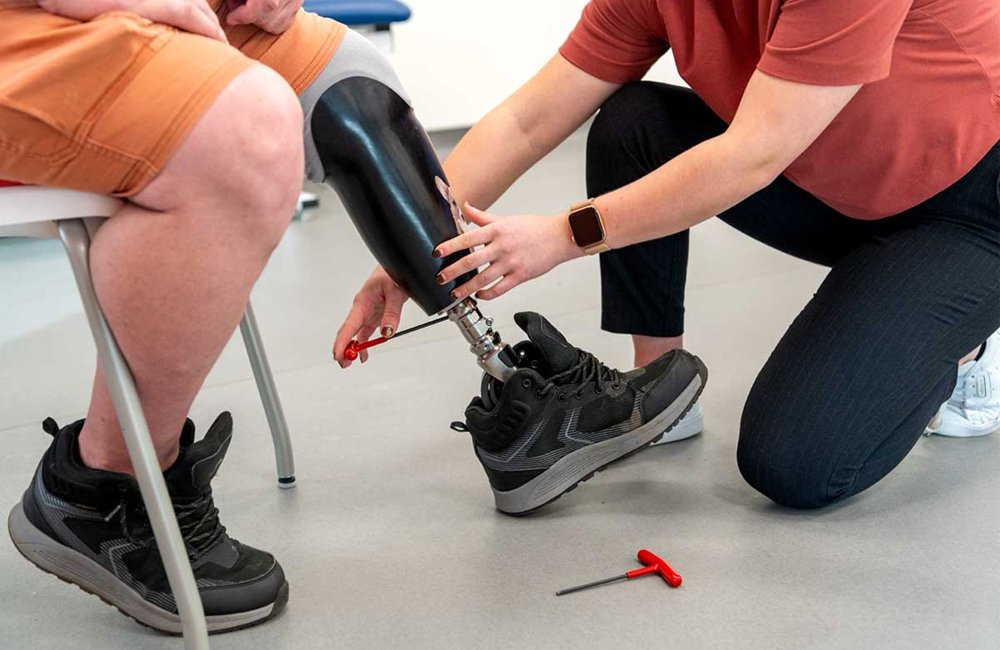Once the patient's needs are assessed, the prosthetist and orthotist work closely with them to design and fabricate custom devices that meet their unique requirements. This process may involve taking precise measurements, creating molds, and selecting appropriate materials to ensure optimal fit, function, and comfort.
In addition to designing and fabricating prosthetic and orthotic devices, prosthetists and orthotists also play a crucial role in educating patients on how to use and care for their devices properly. This includes teaching them how to put on and remove their prostheses or orthoses, as well as providing guidance on maintenance and adjustments.
Furthermore, prosthetists and orthotists provide ongoing support to their patients, monitoring their progress and making any necessary adjustments to their devices to ensure optimal performance and comfort. This may involve fine-tuning the fit, adjusting the alignment, or modifying the design as the patient's needs change over time.
prosthetists and orthotists play a vital role in helping individuals with limb loss or musculoskeletal impairments regain mobility, independence, and confidence in their daily lives. Through their expertise and dedication, they contribute to improving the quality of life for their patients and empowering them to overcome physical challenges with dignity and resilience.






